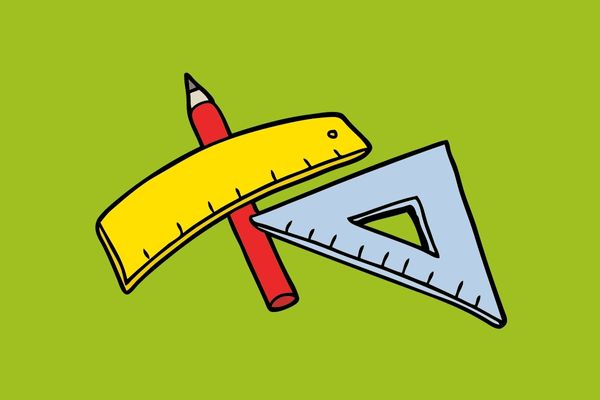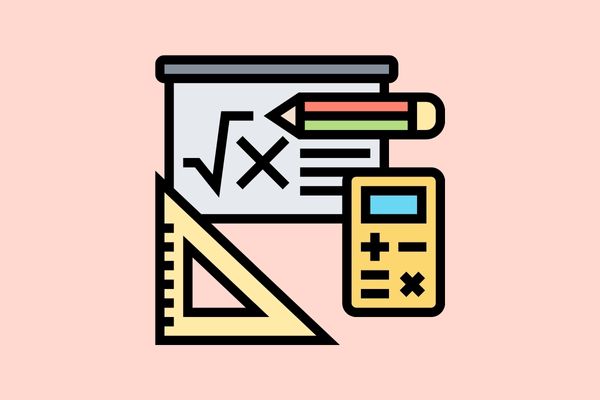Solving Ages Questions

Ages play a significant role in quantitative aptitude assessments, including the Common Law Admission Test (CLAT). Understanding age-related problems is essential for students preparing for CLAT, as they test mathematical and logical reasoning skills. This article will cover the fundamental concepts behind age-related questions, provide examples for better comprehension and suggest strategies to tackle such problems effectively.
Understanding Age Problems
Age problems involve determining the present age of individuals, considering their past ages and future ages. These problems usually revolve around relationships between family members, friends or any group. The key is to translate the given information into equations and solve for the unknown variables.
Solving Age Problems: Concepts and Examples
Example 1: Present Ages
Question: The sum of Aarav’s age and Rahul’s age is 45. If Aarav is 5 years older than Rahul, what are their present ages?
Solution:
Let A be Aarav’s age and R be Rahul’s age.
From the information given, we have the equations:
1. A + R = 45 (Sum of ages)
2. A = R + 5 (Aarav is 5 years older than Rahul)
Substitute the second equation into the first equation:
(R + 5) + R = 45
2R + 5 = 45
2R = 40
R = 20 (Rahul’s age)
Substitute Rahul’s age into the second equation to find Aarav’s age:
A = 20 + 5
A = 25 (Aarav’s age)
Example 2: Age Differences
Question: Alex is 15 years older than Bella. In 5 years, Alex’s age will be twice Bella’s age. What are their present ages?
Solution:
Let A be Alex’s age and B be Bella’s age.
From the information given, we have the equations:
1. A = B + 15 (Alex is 15 years older)
2. A + 5 = 2(B + 5) (In 5 years, Alex will be twice Bella’s age)
Substitute the first equation into the second equation:
(B + 15) + 5 = 2(B + 5)
B + 20 = 2B + 10
B = 10 (Bella’s age)
Substitute Bella’s age into the first equation to find Alex’s age:
A = 10 + 15
A = 25 (Alex’s age)
Strategies for Tackling Age Problems
Tackling age-related problems requires logical thinking and translating the given information into equations. Here are strategies to help you approach these problems effectively:
1. Define Variables: Define variables for unknown ages and express the relationships using these variables.
2. Form Equations: Translate the given information into equations based on the relationships between ages.
3. Solve Simultaneous Equations: Solve the equations simultaneously to find the values of the unknown ages.
4. Check Reasonability: After solving, check if the ages are reasonable and satisfy the conditions given in the problem.
5. Practice Regularly: Practice a variety of age-related problems to improve your problem-solving skills and accuracy.
Conclusion
Age problems might seem complex at first, but with a solid understanding of the fundamental concepts and regular practice, you can handle them confidently. Remember to define variables, form equations, solve simultaneous equations, check solutions for reasonability and practice regularly. As you prepare for the CLAT, mastering age-related problems will not only enhance your quantitative aptitude skills but also boost your overall confidence in approaching competitive exams. So, delve into age-related problems with determination and skill!
Calling all law aspirants!
Are you exhausted from constantly searching for study materials and question banks? Worry not!
With over 15,000 students already engaged, you definitely don't want to be left out.
Become a member of the most vibrant law aspirants community out there!
It’s FREE! Hurry!
Join our WhatsApp Groups (Click Here) and Telegram Channel (Click Here) today, and receive instant notifications.





